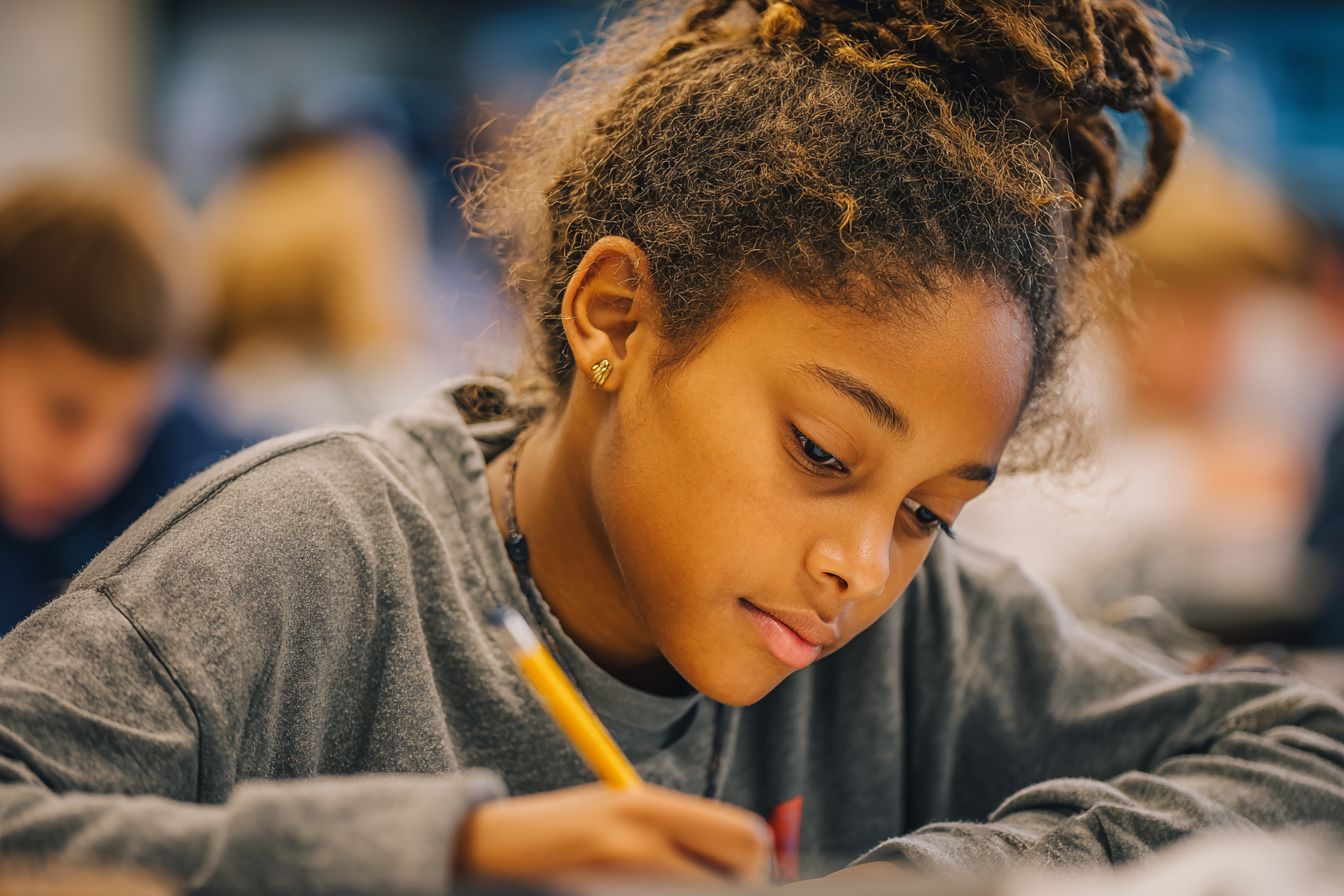Unit Plan 25 (Grade 7 Math): Probability—Chance in Context
7th graders explore probability as a measure from 0 to 1, connecting theoretical models to experimental results. They build sample spaces, run simulations, compare relative frequencies, and explain why long-run outcomes approach expected probabilities.

Focus: Define probability of simple events, estimate via relative frequency, and connect long-run relative frequency to theoretical models.
Grade Level: 7
Subject Area: Mathematics (Statistics & Probability • Chance & Data)
Total Unit Duration: 5 sessions (one week), 45–60 minutes per session
I. Introduction
Students build a working model of probability: a number from 0 to 1 that describes the likelihood of a chance event. They create sample spaces for simple situations (coins, dice, spinners, bags of tiles), compute theoretical probabilities when outcomes are equally likely, and run experiments/simulations to estimate relative frequencies. They compare experimental results to theory and explain why, over many trials, the relative frequency stabilizes near the theoretical probability.
Essential Questions
- What does it mean to say an event has probability 0, 1/2, or 1?
- How do I build a model (sample space) to find a theoretical probability?
- How does long-run relative frequency connect to theoretical probability, and why do small samples vary more?
II. Objectives and Standards
Learning Objectives — Students will be able to…
- Describe probabilities on the 0–1 scale and classify events as impossible, unlikely, about equally likely, likely, or certain.
- Construct sample spaces for simple random processes and compute theoretical probabilities using P(event) = (number of favorable outcomes) / (number of equally likely outcomes).
- Conduct experiments/simulations, compute relative frequency, and explain variability across samples.
- Connect long-run experimental results to theory and predict counts for a given number of trials (expected ≈ n × p).
- Communicate conclusions clearly using fractions/decimals/percents, and explain why results are reasonable.
Standards Alignment — CCSS Grade 7
- 7.SP.5: Understand probability as a number between 0 and 1 that expresses likelihood of a chance event; interpret probabilities of simple events.
- 7.SP.6: Approximate probability of a chance event by collecting data on the chance process and observing its long-run relative frequency; use the probability to predict approximate relative frequencies for a given number of trials.
- Mathematical Practices emphasized: MP.1 (make sense), MP.3 (justify), MP.4 (model), MP.5 (use tools), MP.6 (precision).
Success Criteria — Student Language
- I can place an event on the 0–1 scale and explain why.
- I can list a sample space and calculate P(event) correctly.
- I can run an experiment, compute relative frequency, and compare it to theory.
- I can explain why more trials make results more stable.
- I can predict how many times an event will occur in n trials (about n × p) and check if my result is reasonable.
